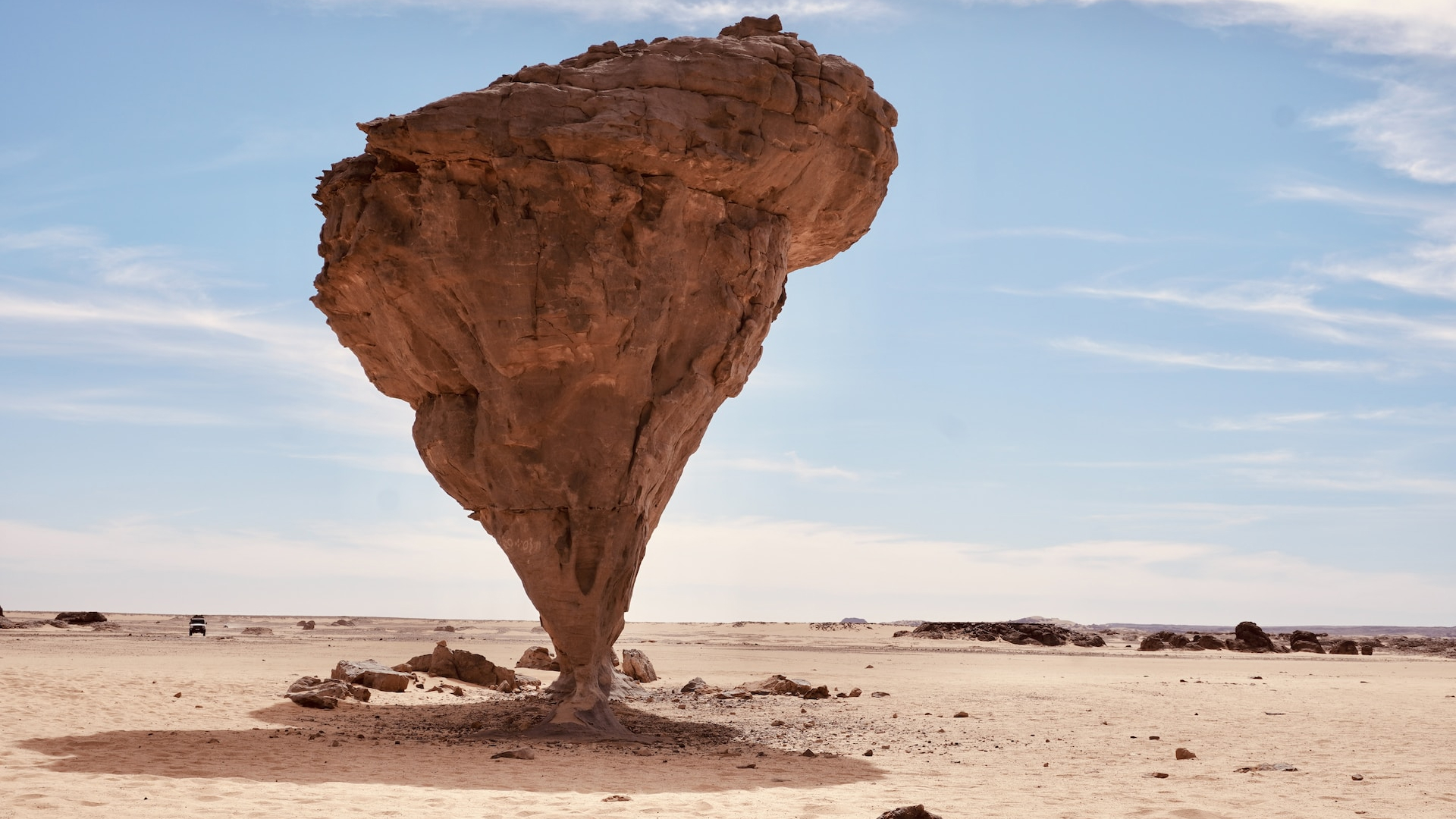Distribution: No progress
Figure 25: Convergence reloaded?
The classification in wealth classes is based on worldwide average net financial assets per capita, which stood at EUR31,860 in 2022. The global middle wealth class ("middle wealth", MW) includes all individuals with assets of between 30% and 180% of the global average. This means that for 2022, asset thresholds for the global middle wealth class are EUR9,600 and EUR57,400. The "low wealth" (LW) category, on the other hand, includes those individuals with net financial assets that are below a EUR9,600 threshold, while the term "high wealth" (HW) applies to those with net financial assets of more than EUR57,400 (for details on how the asset thresholds are set, see Appendix A).
The greatest wealth story on earth

Figure 26: The sun sets in the West

Figure 27: The sun rises in the East
Figure 28: Cloudy

The growing divide
The concentration of financial assets on a global scale remains extremely high. This becomes clear when the total population of the countries we analyze is broken down by population decile on the basis of net financial assets.
This shows that the richest 10% of the world's population – around 560mn people in the countries under consideration with an average net financial assets of around EUR270,000 – together own 85% of total net financial assets in 2022. At least the share has fallen over time; two decades ago, it still stood at 91%.
At the other end of the spectrum, among the bottom half of the population, some 2.8bn people, less than 1% remains. The latter figure should be interpreted with caution, however, as the people with the lowest wealth include many indebted people from the richest countries; the "poorest" decile of the world's population has negative net financial assets, but high debt does not necessarily equate to poverty. The Scandinavian countries are a good example of this. Households in Denmark and Sweden are among the most indebted in the world but this high debt is generally offset by tangible assets, especially real estate. A happy homeowner in Denmark should not be confused with a penniless day laborer in India.
As a result of this high global wealth concentration, there is also a large gap between the global median and the global average of net financial assets. While the median of net financial assets in 2022 was EUR1,920 per capita, the average was more than 16 times higher (EUR31,860). This ratio, too, has improved over time (Figure 29). However, in absolute terms, the gulf is only growing. While in 2002 median and mean were “separated” by roughly EUR10,000, today, the figure is twice as high. Another example of the growing wealth gap: Whereas in 2002 belonging to the richest global decile required net financial assets of at least EUR53,000, this threshold has moved significantly up over the years: in 2022, at least EUR150,000 were necessary for entry to the club of the richest 10%.
Figure 29: An improvement, sort of
Figure 30: High growth to nowhere
The national perspective:
No progress
The last two decades saw a world rife with crises, from the GFC and the euro crisis to Covid-19 and the ongoing cost-of-living crisis. What were the effects of these events – and the ensuing policy counter-measures – on national wealth distribution?
There are several concepts for measuring national inequality; the best-known measure is certainly the Gini coefficient (see appendix). In the following, three other indicators will be examined in more detail that are more closely related to the situation of the middle class:
Mean/median comparison

Figure 31: Not much change I
Nevertheless, some interesting observations can be made at the country level. Ultimately, there are only five countries in which the ratio has improved significantly (change greater than 1). In all five, however, the value at the end of 2022 was still significantly above average, especially in South Africa (11.4), Peru (5.6) and Türkiye(3.6). In other words, improvements have been made from the starting point of a very strong inequality of distribution; these countries are still far from an "equitable" distribution. In South Africa, moreover, the improvement was concentrated solely in the second decade, when South Africa slid into a deep economic crisis; for Türkiye, the exact opposite is true.
Something similar can be said about the countries at the opposite end of the range. Again, there are only very few countries (four) with a significant deterioration. However, here too the starting point was an already significantly skewed distribution; this is especially true for Brazil, Mexico and Russia. The exception is China, where at the beginning of the millennium the ratio of mean to median was still 1.9; in the meantime it has risen to 3.3, slightly above the average. The rapid wealth accumulation in China was accompanied by an increasing uneven wealth distribution. This also applies to a lesser extent to India, where the value has deteriorated by 0.8 points. A word about the US: Over the entire period, the development was unspectacular – but two completely different phases can be distinguished. In the first decade, the 2000s, wealth inequality increased sharply; in the second decade, the 2010s, it decreased again. The latter is probably mainly due to the recovery of the real estate markets and a robust labor market. A similar dichotomy can also be observed in other countries such as Ireland, Chile and Mexico.
P90/p50 comparison
Figure 32: Not much change II

Share Top10
Figure 33: Movement at the top
The first thing that stands out is that South Africa is no longer at the "top". Over the entire period, the share of the top 10 has risen minimally by just under 1pp – again with two very different halves: significantly more inequality in the 2000s, then the trend reversed in the 2010s. Türkiye is now at the top – i.e. it is the country where the share of the top 10 has fallen the most; at 68.0%, however, its share is still above average. What is interesting is comparing with South Africa: While in Türkiye it was rather the boom years (first decade of the millennium) that improved the distribution situation, in South Africa it is exactly the opposite. In distribution issues, every country is unhappy in its own way; there seem to be no generally valid patterns and thus no patent remedies that are effective everywhere.
This becomes equally clear when looking at the other end of the development: the countries where the share of the top 10 has increased the most. Here China and Greece are at the top, for very different reasons. In China (+18.9pps to 68.0%) it was mainly the "wild" 2000s of unbridled growth, when the private sector was still hardly subject to restrictions, that caused inequality to rise. In the last ten years, on the other hand, there have hardly been any more shifts (as with the other two key metrics). Overall, however, the deterioration with regard to the top 10 is much greater than for the two metrics that focus more on the situation in the middle of the distribution. The growing inequality in the Middle Kingdom seems to be mainly a consequence of fast rising wealth at the very top of the distribution pyramid. In Greece (+11.4pps to 60.8%), the greater wealth concentration is likely to mainly be a consequence of the euro crisis; this is supported by the deterioration mainly in the second decade. Without question, Greece was the country most affected by the crisis, with absolute wealth losses – which obviously mainly hit the middle of society. Malta and Slovenia also underwent similar developments, although in both countries the share of the top 10 is still well below average at 53.8% and 57.2%, respectively. Countries where wealth concentration has increased significantly also include the usual suspects such as Russia, Brazil, Mexico, India and the US: despite strong overall wealth growth, the richest country in the world (in terms of net financial assets) has not been able to improve its very unequal distribution situation; over the last decade it has only been possible to avoid a further deterioration.
This is then also the general conclusion of the analysis of the national distribution situation. There have been improvements only in a few countries, and if so, mainly in those with previously (and still today) very unequal distribution; examples are South Africa and Türkiye. In contrast, distribution has (further) deteriorated in many large emerging countries; examples are Brazil, Mexico, Russia, but also India and China. In most cases, this was driven by outrageous wealth growth at the very top. Even more worrying, however, is the development in the advanced economies. High inequality has been seen as one of the great social challenges for years – but nothing has been done about it. Stagnation – even if it stops a previous downward trend – is not improvement. Cementing a distribution situation that is perceived as unjust is a creeping social poison. And the challenge is not getting any smaller. In the past decade, monetary and fiscal policy could operate almost unconstrained; the next few years promise much more difficult conditions to initiate a turnaround in wealth distribution.





